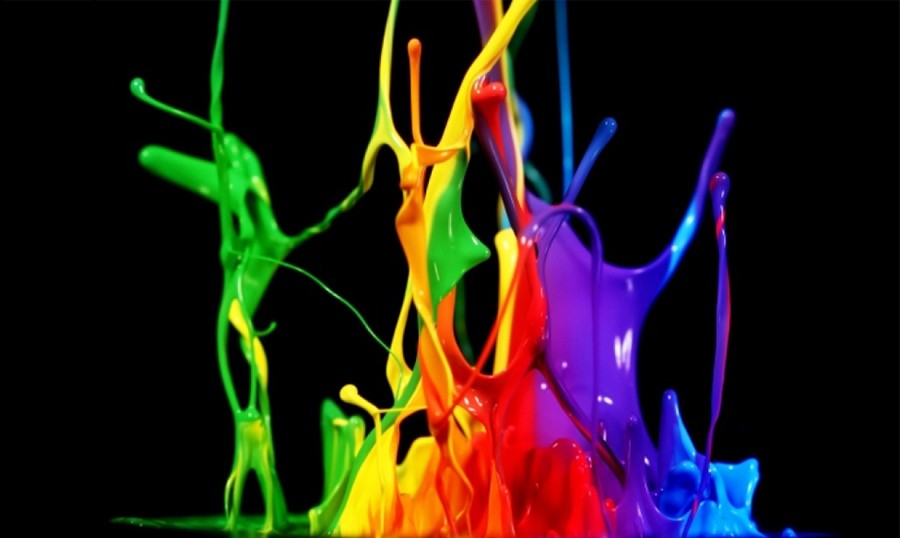Web design “an 8-second influencing factor” has to perform several tasks. From stunning looks, appealing colors, smooth navigation, effective call to action, rendering help in moving down the conversion funnel, there is a lot to do. Everything has its own significance for the final, user-friendly image of a website. Colors, the web designers’ tool, need to be used appropriately, as per business type and considering the target audience.

Role of Colors in Making Websites Conversion-Friendly

According to Neil Patel, top influencer and online marketer, “color is 85% of the reason you purchase a specific product.” It means clearly that colors affect the final conversions of a website.Website design experts focus using colors while understanding their psychology and picking the most suitable ones to make the site highly conversion-friendly.
In this post, you will come across different aspects that could influence the use of colors at a web design and what do different colors mean. Know and implement in your web designing venture.
Colors Affect Human Behavior
It is quite true that colors affect human behavior, as mentioned above the purchasing decision is greatly based on product colors. From health to healing, from shopping to entertainment, colors have their meanings. For a website, right use of colors helps grabbing the attention of the target audience and arouses them for the desired response. It is the job of web designers to consider all the aspects that could influence picking up the best suitable colors for a website.
Picking The Most Appropriate Colors For Website Design
While picking the best suitable colors for website design, know what the website is dealing in and who the target users are. If the website is dealing in kids’ sports items, then black might not be a suitable color; instead, bright colors, like red, green, yellow, will enhance the acceptance level.
For a website dealing in women items, brown or orange are not good options; instead, black, purple, and white will go good. While picking the best colors for a website design, do consider the right way, products, target audience, and the purpose.
]]>
- Women prefer purple, green, and blue; do not like brown, orange, and grey.
- Men prefer black, green, and blue; do not like orange, brown, and purple.
